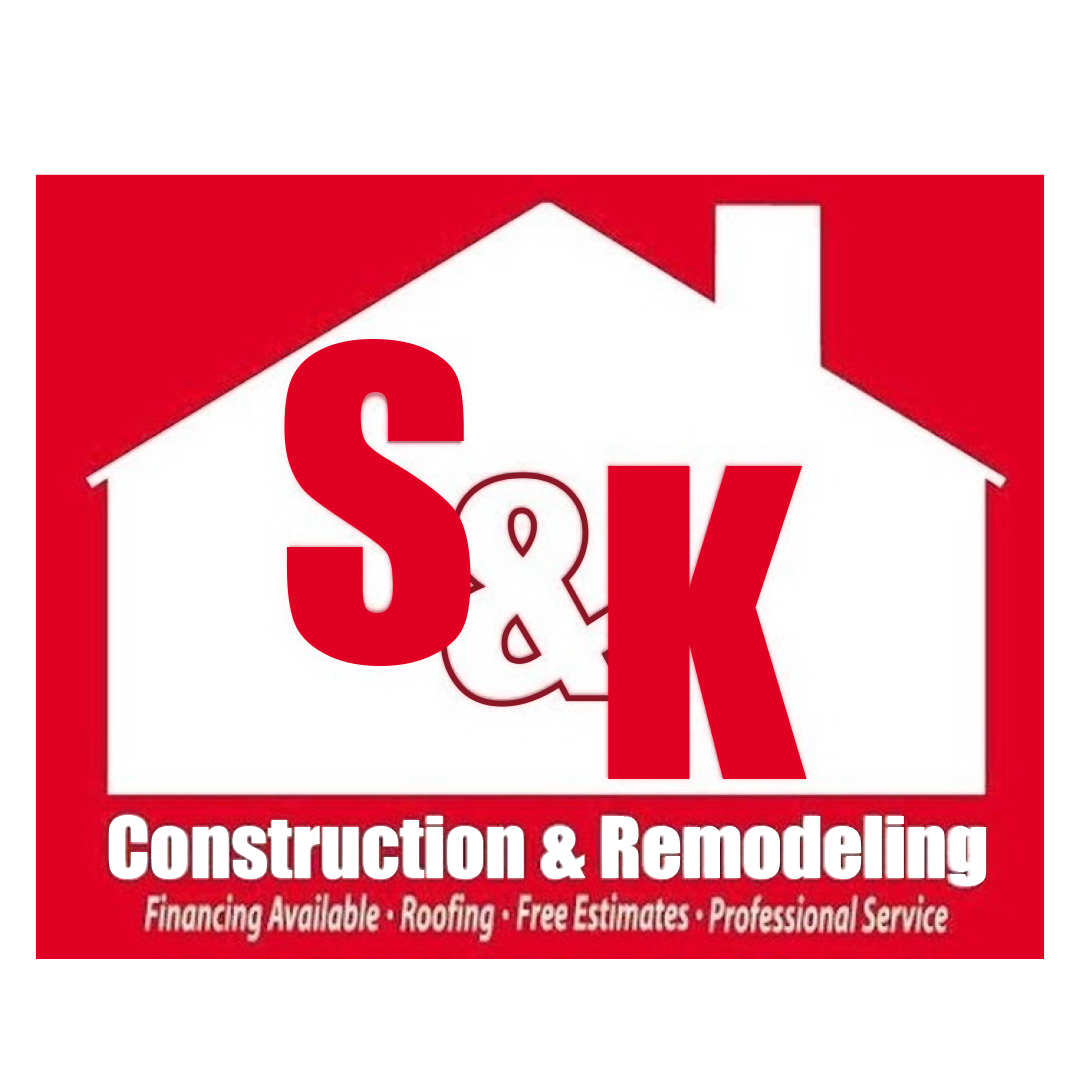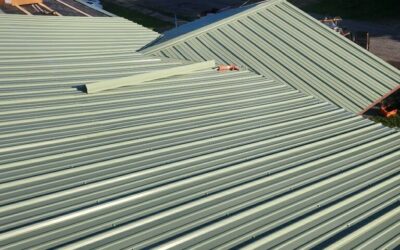What Is ACV in Insurance? A Comprehensive Guide to Understanding Actual Cash Value and How It Affects Your Claim
When dealing with insurance claims — especially for home, property, or vehicle damage — terms like Actual Cash Value (ACV) frequently come up. But what exactly does ACV mean? How does it affect your insurance payout? And what should you know to navigate claims confidently?
In this detailed guide, we’ll cover:
- The definition of ACV in insurance
- How ACV differs from Replacement Cost Value (RCV)
- How insurers calculate ACV
- When ACV is applied in insurance claims
- The pros and cons of ACV coverage
- How ACV affects roof and property damage claims
- Tips for negotiating and understanding your ACV claim
- When to consider upgrading to Replacement Cost coverage
- The importance of working with trusted contractors and insurance adjusters
- Frequently asked questions about ACV
By the end, you’ll have a solid understanding of Actual Cash Value and how to make sure you get the best possible outcome on your insurance claim.
What Is ACV in Insurance?
Actual Cash Value (ACV) is an insurance term that represents the current value of damaged or lost property, considering depreciation. It is essentially what your property is worth at the time of the loss, factoring in age, wear and tear, and overall condition.
In simple terms:
ACV = Replacement Cost – Depreciation
This means the insurance company pays you the amount it would take to replace the item minus the amount of depreciation due to age and use.
ACV vs Replacement Cost Value (RCV): What’s the Difference?
Understanding the difference between ACV and Replacement Cost Value (RCV) is crucial when purchasing insurance or filing a claim.
| Feature | Actual Cash Value (ACV) | Replacement Cost Value (RCV) |
|---|---|---|
| Definition | Current value minus depreciation | Full cost to replace without deduction for depreciation |
| Payout | Lower, based on depreciated value | Higher, covers full replacement cost |
| Common Use | Older policies, some property types | More common in modern homeowner policies |
| Premium Cost | Lower premiums | Higher premiums due to broader coverage |
| Claim Example | Roof damaged, payout less due to roof age | Roof replaced with new materials at full cost |
Many homeowners assume their insurance covers full replacement, but often policies use ACV, meaning you could get less than the full cost to replace your damaged property.
How Is ACV Calculated?
Insurance companies calculate ACV by subtracting depreciation from the replacement cost of the item.
Steps to calculate ACV:
- Determine replacement cost: How much it costs to buy a new equivalent item.
- Estimate useful life: The typical lifespan of the item.
- Calculate depreciation: How much value the item has lost due to age, wear, and tear.
- Subtract depreciation from replacement cost: This results in the Actual Cash Value.
Example of ACV Calculation:
Imagine your roof is damaged and would cost $15,000 to replace new. However, the roof is 10 years old, and its useful life is expected to be 25 years.
- Depreciation = (Age / Useful life) × Replacement cost
- Depreciation = (10 / 25) × $15,000 = $6,000
- ACV payout = Replacement cost – Depreciation = $15,000 – $6,000 = $9,000
So, your insurance company will pay $9,000, not $15,000.
When Is ACV Used in Insurance Claims?
ACV is typically used in insurance policies where the coverage is based on actual cash value rather than replacement cost. This can apply to:
- Homeowners insurance (especially older policies)
- Auto insurance for vehicle damage
- Property insurance for personal belongings
- Commercial insurance for business property
Common situations where ACV applies:
- Older roofs, siding, or other building components
- Personal property like furniture, electronics, or appliances
- Vehicles with damage or totaled claims
Why Do Insurance Companies Use ACV?
Insurance companies use ACV to minimize claim payouts by accounting for depreciation. Since insurance is designed to indemnify — or restore you to your prior financial position — they don’t usually cover the full cost to replace old, used items.
Key reasons for using ACV:
- Prevent insurance fraud or overpayment
- Keep premiums lower for policyholders
- Reflect actual market value of the damaged property
The Pros and Cons of ACV Coverage
Pros
- Lower premiums: Policies with ACV coverage usually have lower monthly premiums.
- Affordable insurance: Helps keep insurance affordable for homeowners or vehicle owners.
Cons
- Lower claim payouts: You receive less money when making a claim.
- Out-of-pocket expenses: You’ll often pay the difference to replace damaged items fully.
- Potential coverage gaps: May leave you underinsured if property ages or replacement costs rise.
ACV and Roof Damage Claims: What You Need to Know
For homeowners in areas like Northeast Ohio, roof damage from storms, hail, wind, or aging is common. Knowing how ACV affects your roof insurance claim is vital.
How ACV affects roof claims:
- Older roofs see greater depreciation, reducing your payout.
- Newer roofs may have minimal depreciation, resulting in higher ACV payouts.
- Some policies pay ACV first, then reimburse full replacement cost after you replace the roof (called RCV policy with depreciation holdback).
- If your policy is strictly ACV, you’ll receive a payout based on the roof’s depreciated value — potentially less than you need to repair.
Example:
Your 15-year-old asphalt shingle roof is damaged in a hailstorm. The replacement cost is $12,000, but because the roof is halfway through its 25-year life, depreciation reduces your ACV payout to $7,200. You’ll need to cover the remaining $4,800 to replace the roof.
How to Handle an ACV Insurance Claim
Dealing with an ACV claim can be frustrating if you expect full replacement cost. Here’s how to navigate the process effectively:
1. Understand Your Policy Coverage
- Review your insurance declarations page and policy wording.
- Check if your policy includes Replacement Cost or Actual Cash Value coverage.
- Ask your agent about depreciation rules and how claims are settled.
2. Document Your Damage Thoroughly
- Take photos and videos of damage before repairs.
- Keep receipts for temporary repairs or inspections.
- Get multiple contractor estimates for repair or replacement.
3. Work With Trusted Contractors
- Choose licensed, insured contractors with experience in insurance claims (like S&K Construction and Remodeling LLC in Northeast Ohio).
- Ask for detailed repair estimates.
- Contractors can often help explain damage and negotiate with your insurer.
4. Negotiate with Your Insurance Adjuster
- Review the adjuster’s report carefully.
- Provide evidence of depreciation disagreements.
- Use contractor estimates to challenge low payouts.
- Consider hiring a public adjuster if you feel the insurer undervalues your claim.
5. Know Your Appeal Rights
- If you disagree with the settlement, you can appeal or request arbitration.
- Consult your state insurance commissioner for dispute resolution guidance.
When to Consider Upgrading to Replacement Cost Coverage
If your policy currently offers ACV coverage, consider upgrading to Replacement Cost Value (RCV) coverage to avoid low claim payouts in the future.
Benefits of RCV coverage:
- Full reimbursement for replacing damaged or destroyed property.
- No depreciation deducted from your claim payout.
- Peace of mind that you’ll be made whole after a loss.
Considerations:
- RCV coverage often costs more in premiums.
- It requires you to repair or replace the damaged property to receive full payout.
- Some policies require you to submit proof of replacement for final settlement.
FAQs About ACV in Insurance
Q: Can I get ACV for a new roof?
A: New roofs generally have minimal depreciation, so your ACV payout will be close to replacement cost if damaged shortly after installation.
Q: Does ACV apply to all home insurance policies?
A: No, many modern policies offer replacement cost coverage, but older policies or specific items might only have ACV coverage.
Q: How can I reduce depreciation in my claim?
A: Keep your roof and property well-maintained to extend its useful life and reduce depreciation. Regular inspections and timely repairs help.
Q: Can I get ACV payout and then install a better roof?
A: Yes, but insurers pay based on the cost of like-kind replacement, so upgrading may require paying the difference.
Why Choose S&K Construction and Remodeling LLC for Your Roof Repairs and Claims?
If you’re filing an insurance claim for roof damage in Northeast Ohio, working with a knowledgeable contractor who understands insurance processes can make a huge difference.
What S&K Construction and Remodeling LLC offers:
- Expertise with insurance claims and ACV negotiations
- Licensed and insured professionals experienced in roofing repairs and replacements
- Assistance documenting damage and providing detailed estimates
- Customer-focused service with strong Google reviews
- Based in Jefferson, Ohio, servicing surrounding counties
Conclusion: Understanding ACV Helps You Prepare and Protect Your Investment
Actual Cash Value (ACV) insurance coverage is a common but sometimes misunderstood part of property and roof insurance claims. Knowing how it works — how depreciation affects your payout and what steps to take during claims — empowers you to protect your home and finances.
Whether you’re facing roof damage, home repairs, or vehicle claims, understanding ACV ensures you don’t get caught off guard with lower-than-expected insurance payouts.
For expert help navigating your claim, roofing repairs, or replacement, contact S&K Construction and Remodeling LLC. We’ll guide you through the process and work with your insurance to get the best results possible.
 (440) 307-2060
(440) 307-2060


